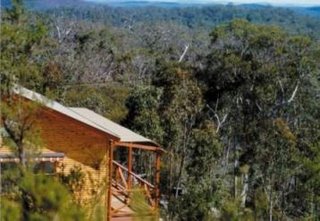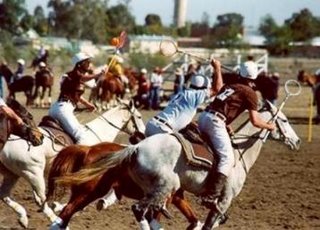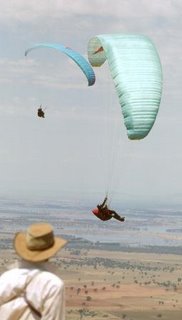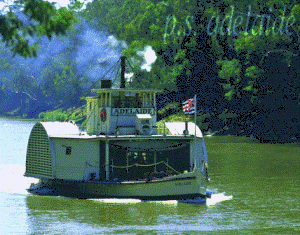
Talking to a friend last night about the main Regional Living Australia site, she asked why we were featuring wool so prominently just at present. Too her and she thought most Australians, wool was of little interest.
A week or so before that one of us, a knitter, tried to buy some wool. She did a yellow pages search and found just sixteen yarn suppliers in all of Greater Sydney. Taken together, these two experiences actually explain why we have been presenting wool and the wool industry as one key element in the Regional Australia experience.
Waltzing Matilda, Australia's best know song, is set in the wool industry. The squatter riding up on his thoroughbred was not someone squatting in a vacant and run down urban building, but a wealthy pastoralist who may well have lived in a house not to dissimilar to Belltrees (photo).
As outlined in our short history of the Australian wool industry on the Regional Living Australia site, wool and the wool industry have played a critical role in Australia's history and have left an indelible mark on the landscape, life and culture of Regional Australia.
We have adopted the title "On the Wool Track" as the name for the overall section. This is the title of a famous 1910 book by Charles Bean, the well known Australian war historian.
Then a journalist, Bean reluctantly accepted as assignment to do a series of articles on the wool industry in western NSW. He became fascinated with the character of the men working in the industry, and turned his articles into a book. Bean would later conclude that the character of men such as these were central to the success of the Australian diggers during the First World War, something that he encapsulated in what became the ANZAC legend.
Because the wool industry was so widely spread and influential, we faced a challenge in making it propely accessible. To properly experience something, you need to understand it and be able to put it into a context.
We decided that the best way of doing this was to try to present wool in a series of regional snapshots allowing people to explore the wool track across areas. We chose New England as the first study because this is an area that we know well. Other areas will be added.
We hope that you enjoy exploring the wool track, finding out about its impact on Regional Australia.








